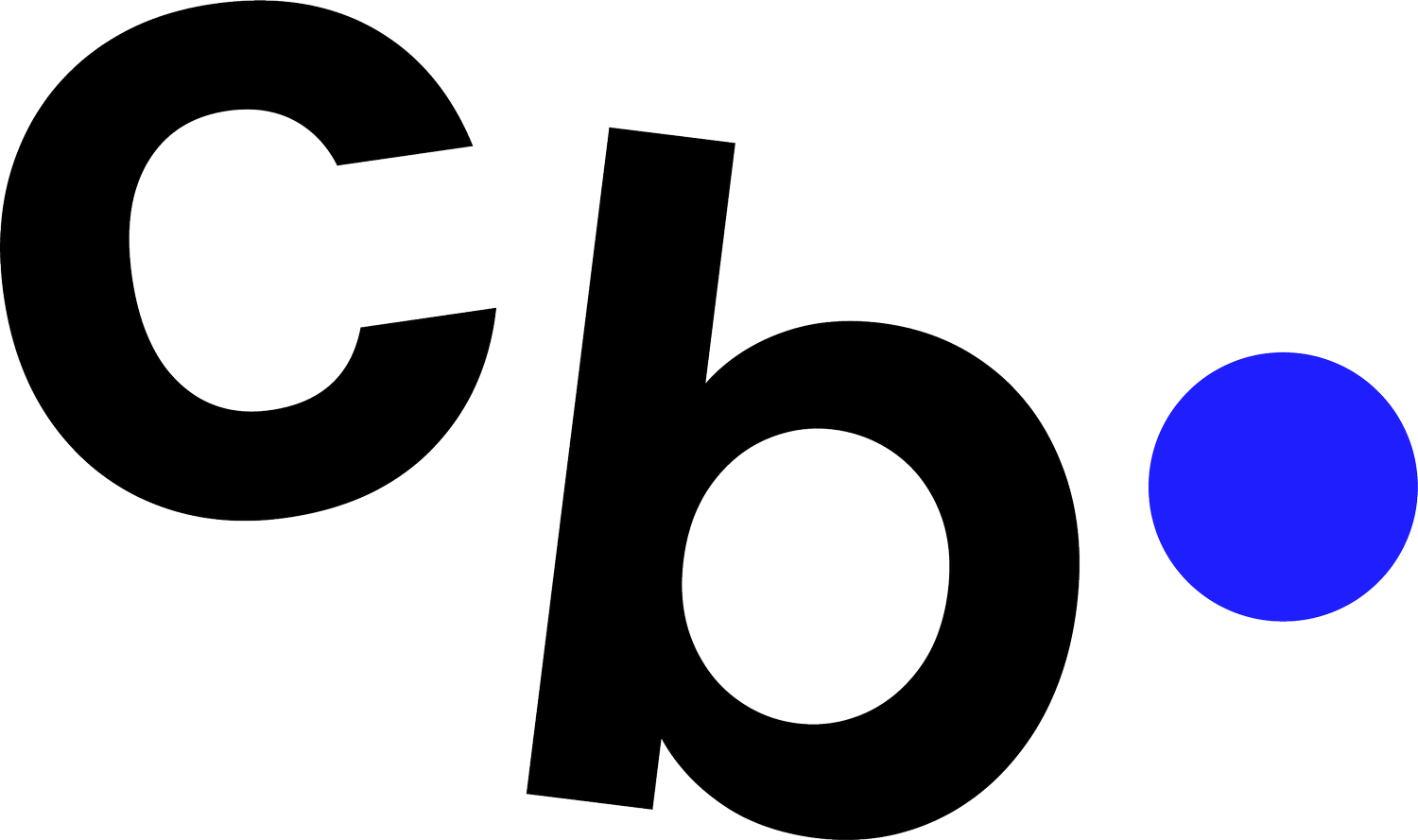What Consumers Want Post Pandemic: 3 Tips for Brands Looking to Grow
What brands need to do in 2021, and beyond
2020 was a year that’s now become synonymous with hardship, fear and not being able to do a whole lot. But alongside the new lexicon it gave us (hello ‘unprecedented’, ‘new normal’, ‘furlough’ and ‘lockdown’) it is also a year that fundamentally changed us. A year in which we revaluated our priorities and changed our behaviours unrecognisably. So, with this in mind, what do brands need to do to appeal to customers in 2021 and beyond?
1. Speak up & speak out
Sadly, the past year provided us with a number of events that shook us to the core: the devastating Australian bushfires, the deadly rapid spread of Covid across the globe and the murder of George Floyd among others. When faced with events of this level – indeed international traumas – there’s no alternative but to speak up. One of the first pieces of advice I gave my followers and clients was to acknowledge the situation with the pandemic, even if it felt off-brand for them. Brands who weigh in on things show they are in tune with what’s going on in the world, and for their customers. Those who don’t appear to be in an untouched bubble, and this creates disconnect with consumers.
“Brands who weigh in on global events show they are in tune with what’s going on in the world, and for their customers.”
In June, Instagram was filled with black tiles for a few days, and while it was powerful to scroll through a blanked out and darkened feed, the truth is many of the brands that posted the black square did so to appear to care without taking any related action – so called Performative Activism – which was widely called out. In this time some accounts really shone through, precisely because they did not make it about them – they educated their followers on the reality of racism today, they supported black owned businesses, shared stories of notable people of colour, donated funds to relevant organisations and encouraged their followers to do the same. Their work in doing so gave a whole new meaning to valuable content, providing millions of internet generation folk with resources and a new perspective. In 2021, social media is about more than a beautiful feed, it’s about using your platform to speak out and champion your values, and this is something wise brands will take to their heart.
“In 2020, the year when we famously had no one to see and nowhere to go, fashion giant Asos actually increased their profits. Why? Because they embraced the lockdown vibe so fully.”
2. Offer relatable content
2020 was a year of hardship, and in times like these, we need a laugh! Memes, humorous posts and #relatable content are all going nowhere in 2021. The trick is knowing what fits within your brand’s tone of voice, and (if possible!) coming up with your very own content rather than just reposting. For example, a clothing brand could use humour or memes about the fact we’re all living in jogging bottoms to bring a bit of reality to their brand, but for a luxury brand this wouldn’t fit with their tone of voice and could cheapen their brand. The luxury brand would be better off aiming for relatable content over funny content; and they could do this by sharing some behind the scenes images or just showing the faces of the various people involved in making the final product.
In 2020, the year when we famously had no one to see and nowhere to go, fashion giant Asos actually increased their profits. Why? Well because we’re all bored and online shopping is fun. But more so because they embraced the lockdown vibe so fully.
Due to being unable to do regular photoshoots, clothing was photographed on models at home by themselves or their partners/housemates, which made all their models seem more human, and almost like influencers themselves rather than mannequins. Asos also appealed to all our moods, offering us home workout gear, then clothing and accessories to lift our moods through lockdown before going big on loungewear as the year wore on. They also fully embrace humour in their tone of voice and frequently create or repost memes written in the first person, making them seem less like a multi-million-pound business, and more like a hilarious friend that ‘just gets’ you. We will continue to see this grow, especially on social media where the line between brand & friend will seem to blur.
3. Be Upfront and Transparent
The last decade has led to a steady increase in demand for sustainability from the brands we shop from, but with pressure mounting on the state of the environment and purpose driven Generation Z to become the largest group of consumers by 2026, the brands that are transparent about their business operations will win the most trust.
Many brands including Veja, Madewell and Tony’s Chocolonely commit to radical transparency – that is sharing where their materials come from, how products are made, what the factory conditions are like and even how the business spends its money. This would have been unheard of 20 years ago, but in the twenty-twenties this is a trend we will see grow.
Search online and you can quickly find out how diverse a company’s board is, how ethically made a brand’s items areor if there are any environmentally damaging chemicals in a product. Consumers are seeing past the ‘greenwashing’ of the bigger brands and holding them (and governments) to account for this. According to the 2020 Fashion Revolution survey, 78% of consumers feel it’s important for brands “to share detailed information about the environmental impacts of their products” and a further 74% felt brands should publish information about the factories used to manufacture their clothes.
“78% of consumers feel it’s important for brands ‘to share detailed information about the environmental impacts of their products’”
Source: Fashion Revolution’s Consumer Survey Report, 2020
This presents a fantastic opportunity for independent brands. While companies offer Ethical Audits for larger brands, small businesses can follow some simple steps to evaluate the ethics of their suppliers or partners. By the end of the decade, my hope is that we won’t be talking about ‘sustainable brands’ but that we will assume that any credible brand we buy from is taking responsibility to be sustainable.
So, there we have it – to grow in the 2020’s brands need to speak up, come clean and relate to their customers.
As I first began writing article, I was hoping for a snappy, sexy thing to write that would feel like I’ve hit upon the craze that will take over the year. The truth is less snappy and more... well, human. In 2021 consumers want to be supporting small businesses, following brands that are relatable, have an opinion are entertaining to follow and knowing that their money is going towards fair wages and environmentally conscious processes. They don’t care about ‘trends’ as much as the brands that push them, and after a sobering year like 2020, they really just care about the deeper value brands offer.





